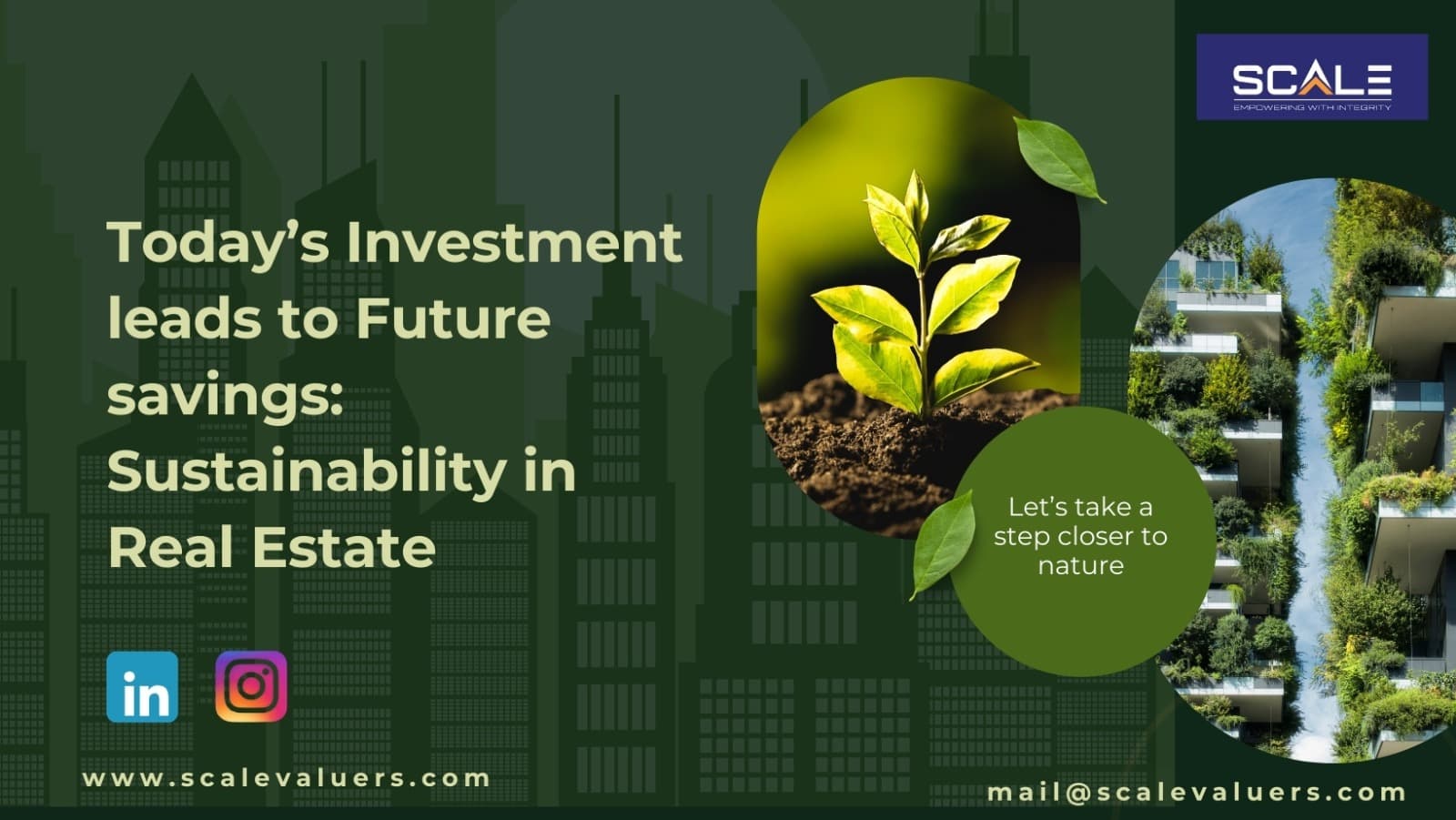Real Estate Sustainability: Today’s Investment Leads to Future Savings
- Date
Real Estate Sustainability: An Overview
Environmental Sustainability in real estate refers to practices and designs that reduce the negative impact on the environment. Also, at the same time, they magnify a building’s performance. It includes residential and commercial real estate property, buildings, and designs. These are also known as Green real estate.
Green real estate refers to properties that are conceived, constructed, and operated in an environmentally responsible manner. This includes adopting environmentally friendly construction materials, energy-efficient systems, water-saving fixtures, water conservation, rainwater harvesting, and incorporating renewable energy sources like solar panels.
Green properties are just not good for the planet but for the future of lavish living. It is becoming the first choice for informed investors who are working towards future-proofing their portfolios.
Real Estate Sustainability
Environmental, Social, and Governance (ESG) factors are increasingly being integrated into investment decisions by both funds and individual investors, indicating a long-term move toward sustainability in real estate investment strategies.
One of the key factors of sustainability in real estate is energy efficiency. The reason behind this is cost-cutting in the future. By adapting advanced technologies, reducing energy consumption, and using eco-friendly products and materials not only reduces operational expenses but, it also attracts environmentally concerned tenants and investors, thereby increasing the project’s long-term viability.
Certificates like Leadership in Energy and Environmental Design (LEED) establish a framework for green buildings that are efficient and cost-effective. Whereas, Building Research Establishment Environmental Assessment Methodology (BREEAM) evaluates building sustainability using a set of criteria. The criteria consider the project’s social, environmental, and economic elements.
LEED-certified buildings may earn up to 20% higher rental rates than non-certified ones. These certifications not only serve to establish a property’s green credentials but also have a substantial impact on its market valuation. This is because they communicate to investors, tenants, and regulators that the property meets higher environmental and sustainability standards.
With this said, challenges are part of any growth. Green building requires advanced technologies and materials, which can result in higher initial investment prices. Furthermore, understanding zoning restrictions and securing required approvals may bring challenges not seen in traditional developments.
Another challenge is the lack of standardization. There are various rating systems and indicators available to evaluate sustainability. However, no single system is universally accepted. This lack of standardization complicates the process for buyers and tenants, making it challenging to compare properties and make informed choices about investments or living arrangements.
Additionally, it creates pressure on developers and builders to keep up with the constantly changing laws and certification requirements related to green building.
Summing It Up:
In the end, it is about making better choices for our future by taking a step closer towards nature right now. With this, let’s take the next step towards a more sustainable future with our real estate valuation course. Here you can discover more practices that help in boosting real estate sustainability.
